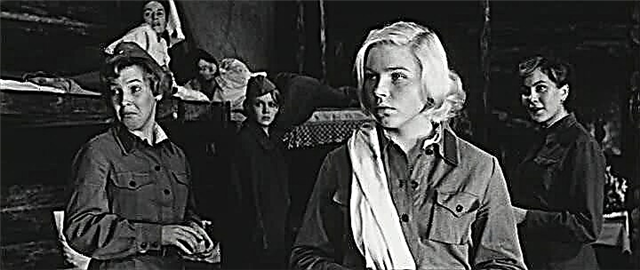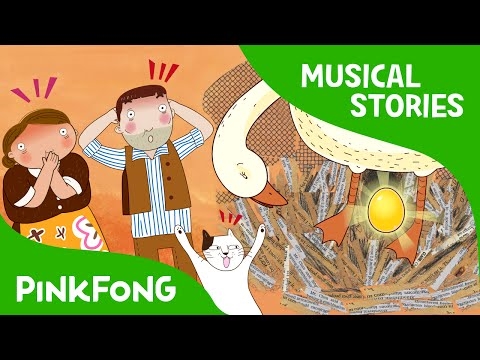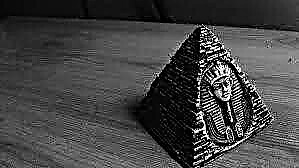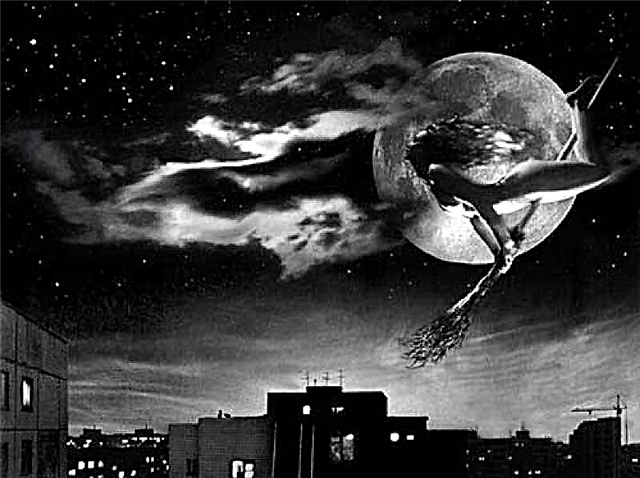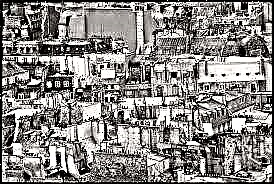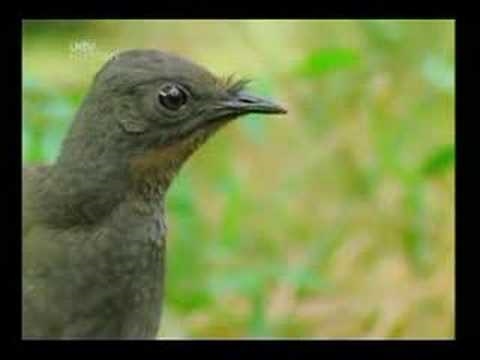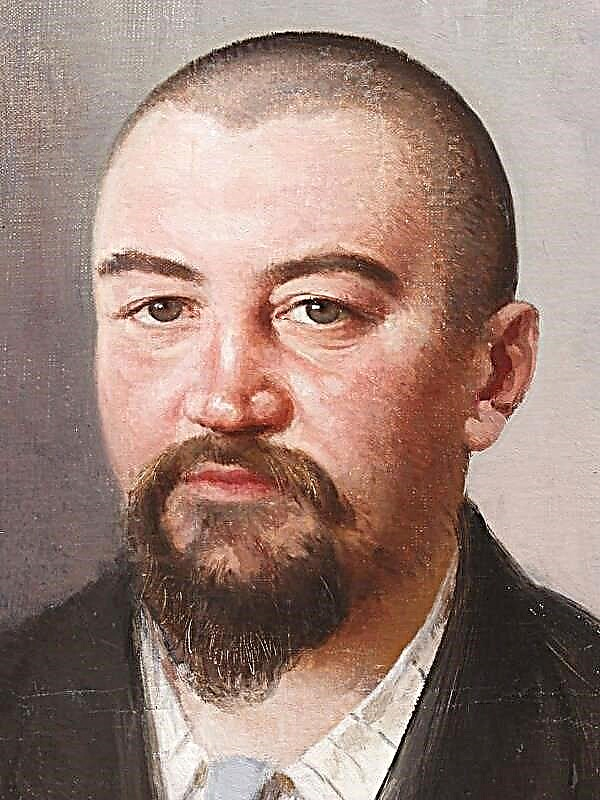The poem was written by the author in 1823, when Pushkin was in the southern exile, namely in Odessa in the office of Count Vorontsov. The poet was depressed as a result of the fact that his dreams of freedom were shattered.
History of creation
To create his work, Pushkin turns to gospel motifs. In particular, we are talking about a parable that tells of a sower. It was spoken by Christ. The bottom line is that the sower cannot believe that all grains will sprout. But if a seed is planted in fertile soil, it will certainly sprout.
At that time, the poet was in disgrace because of the anti-government sentiments that he expressed in poetry. However, he was hated not only by the authorities, but also by ordinary people who harshly criticized his work in magazines. Then Alexander Sergeyevich got angry and threw a poetic rebuke to all detractors.
Genre, direction and size
The genre of the work of A. Pushkin is a lyric poem. The direction in which the lyrical work “Desert Sower of Liberty” was created is romanticism, since A. Pushkin created a lyrical hero disappointed in his ideals. He is lonely and opposed to society. These are signs of a romantic trend.
The poem is written by four-foot iamba using pyrrhic. This combination makes the work unusually rich and vibrant. In the work there is a rhyme, both cross and ring. There is also an alternation of female and male rhymes.
Images and Symbols
The poem was created by the author in the first person, which gives the reader the opportunity to better understand the lyrical hero, to consider it closely. The poet calls the protagonist a “desert sower,” emphasizing the fact that he is a pioneer, that is, he is the first who tried to sow seeds that represent freedom.
The lyrical hero does not achieve the desired, which leads him to despair. Disappointed, he compares peaceful peoples with herds of animals that doomed themselves and their descendants to slavery. This comparison ridicules not only serfdom, but also those nobles who voluntarily limit themselves in their rights, obeying the king-father.
The rattle yoke and the scourge are pasture attributes that indicate the similarity of a people to cattle that are driven to slaughter.
Themes and Issues
- In the 19th century, writers and poets attached great importance the problem of enslavement of the people. This problem is reflected in the poem of A. Pushkin. The poet decided to convey his thoughts and ideas to the reader through a parable from the Bible. He accuses slave worship of not so much ordinary people as nobles who can change something, but hesitate to do so.
- The main theme of the work is the disappointment of the lyrical hero in the mission of the poet: the messenger of truth and freedom. His seed did not find fertile soil, people do not want to hear him. They value the peace and idleness of a well-fed livestock life than the ideals and values of freedom. Therefore, the sower leaves them, making sure that this generation will not appreciate his work.
- The poet also draws attention to hopelessness of the vicious circlewhere the fathers pass on the slave yoke to the children. No one dares to break it, therefore, all subsequent generations of people are doomed to slavery.
Main idea
The main idea that underlies the work is the futility of the poet’s attempt to push people to understand their own role and importance. Thus, if a poet cannot convey his ideas to the masses, his work becomes unnecessary. Therefore, he was disappointed in a society that itself asks for a scourge and draws a yoke, rejecting the gift of the sower.
The meaning of the message of A. Pushkin is that, expressing his dissatisfaction, secretly spurs people's pride. Reading his poem, they are angry not only at him, but also at themselves, because they understand that the sower is right. This emotion encourages them to realize their slavish position.
Means of artistic expression
Alexander Sergeevich uses a number of artistic pictorial means to express his thoughts and ideas. First of all, these are paths, for example, metaphors (“sower of freedom”, “honor cry”, “gifts of freedom”), epithets (“with a clean and innocent hand”, “enslaved reins”).
In the poem you can find examples of stylistic figures, such as antithesis and inversion, and syntactic means, which include: rhetorical exclamation, appeal, question and series of homogeneous members.
A. Pushkin used alliteration as a poetic phonetics. In addition, the poet did not pass over the lexical means of depiction, which include lofty vocabulary (good, reins).

